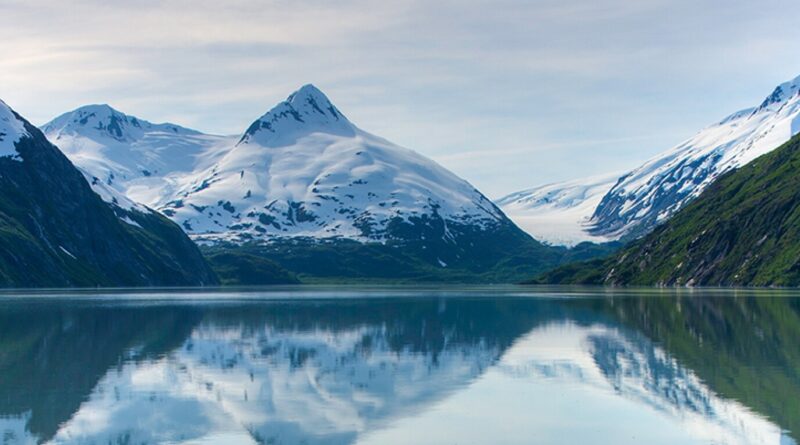History Of Alaska
Located in the far northwestern corner of the United States, Alaska is a state known for its vast wilderness, stunning landscapes, and unique cultural heritage. From ancient indigenous cultures that have called this land home for thousands of years to the modern frontier living of today, Alaska has a rich and varied history that is worth exploring.
Alaska’s history begins with its indigenous peoples who have inhabited the region for over 10,000 years. The state is home to many diverse indigenous cultures, including the Inupiaq, Yupik, Tlingit, Haida, Athabascan, and Aleut, each with its unique language, customs, and traditions. These indigenous communities have a deep connection to the land, relying on hunting, fishing, and gathering for their sustenance and way of life. They have developed rich and complex cultural practices, such as storytelling, dance, and art, that are passed down from generation to generation and continue to thrive today.
In the 18th century, European explorers, including Russian explorers led by Vitus Bering, began to make contact with Alaska’s indigenous peoples. Russian fur traders established the first permanent European settlement in Alaska in 1784, and for many years, Alaska was a Russian colony known as Russian America. The Russian presence had a significant impact on the indigenous peoples of Alaska, as they were subjected to diseases, forced labor, and loss of land.
In 1867, the United States purchased Alaska from Russia in what became known as the Alaska Purchase. At the time, the purchase was controversial, with critics deriding it as “Seward’s Folly” after U.S. Secretary of State William H. Seward, who negotiated the deal. However, Alaska soon proved to be rich in natural resources, including gold, timber, and fish, leading to a rush of settlers and development in the late 19th and early 20th centuries.
One of the most significant events in Alaska’s history was the Klondike Gold Rush of the late 1890s, which drew tens of thousands of people to the region in search of fortune. The gold rush brought rapid economic growth and development to Alaska, with the establishment of towns, businesses, and infrastructure. However, it also had negative impacts on the environment and indigenous communities, as large-scale mining and logging disrupted ecosystems and traditional ways of life.
Alaska became a U.S. territory in 1912, and efforts to modernize and develop the state continued throughout the 20th century. During World War II, Alaska played a strategic role as a military outpost and supply route, and the construction of military bases brought economic opportunities and population growth. In the 1960s and 1970s, Alaska experienced an oil boom with the discovery of vast oil reserves in Prudhoe Bay on the North Slope. The construction of the Trans-Alaska Pipeline System in the 1970s transformed Alaska’s economy and brought increased industrialization and environmental concerns.
Despite the rapid changes brought by economic development, Alaska’s indigenous peoples have continued to maintain their cultural traditions and way of life. In recent years, there has been a growing recognition and respect for indigenous rights and knowledge, with efforts to preserve indigenous languages, promote cultural heritage, and protect ancestral lands.
Today, Alaska is a unique blend of modern living and rugged frontier lifestyle. Its history is shaped by the resilience and diversity of its indigenous peoples, the impact of colonization and economic development, and the ongoing efforts to balance conservation with economic growth. From its ancient indigenous cultures to its modern challenges and achievements, Alaska’s history is a testament to the enduring spirit of its people and the beauty of its land.




